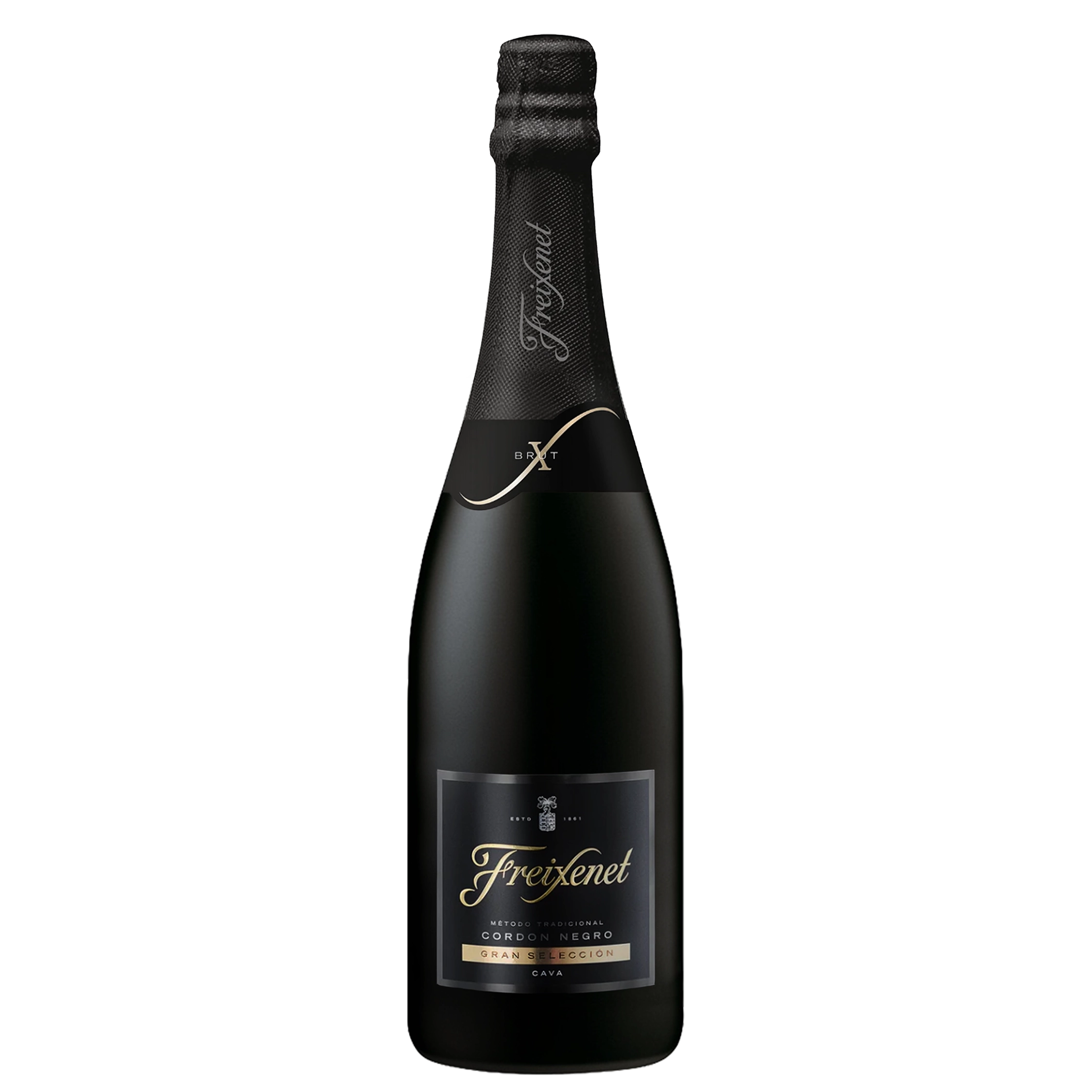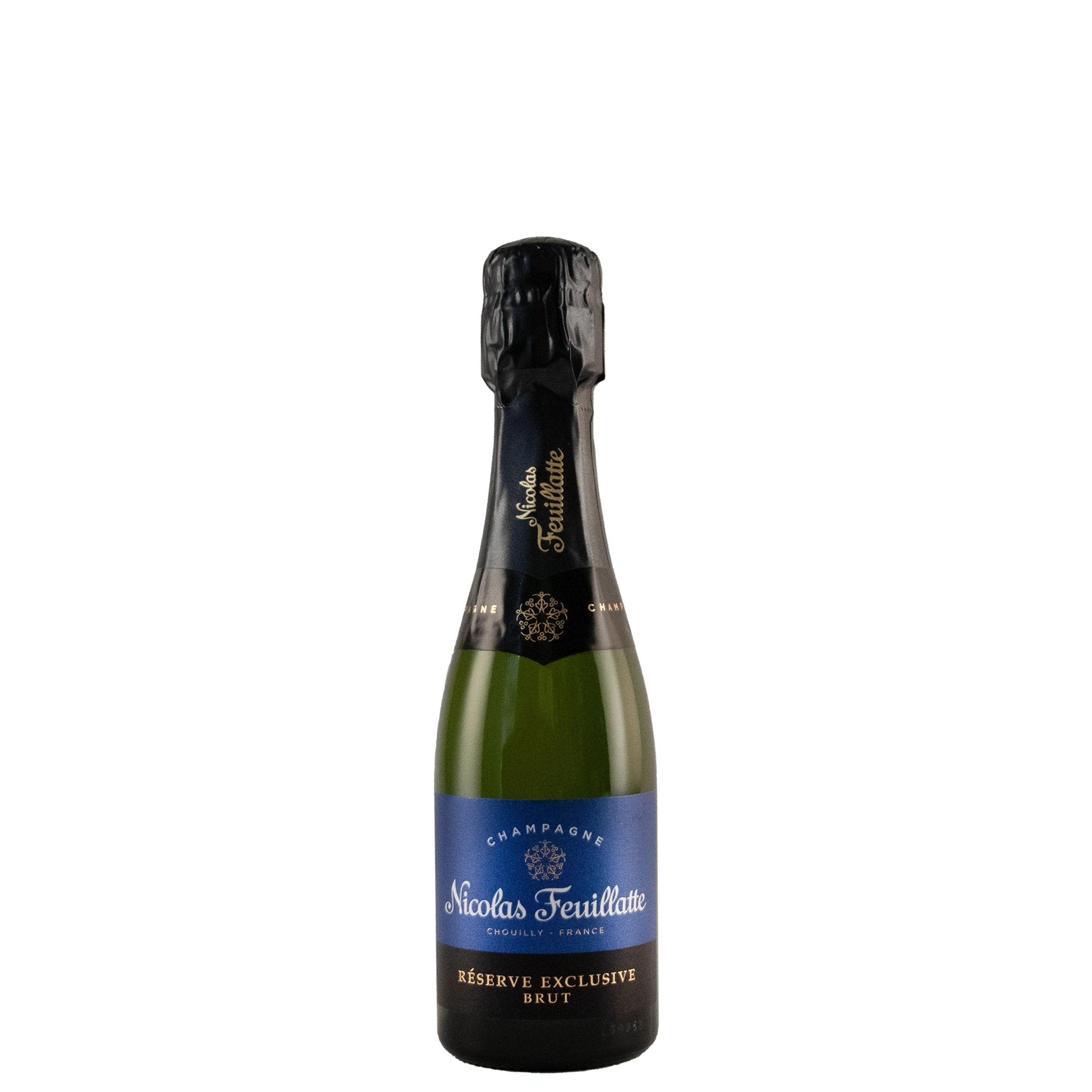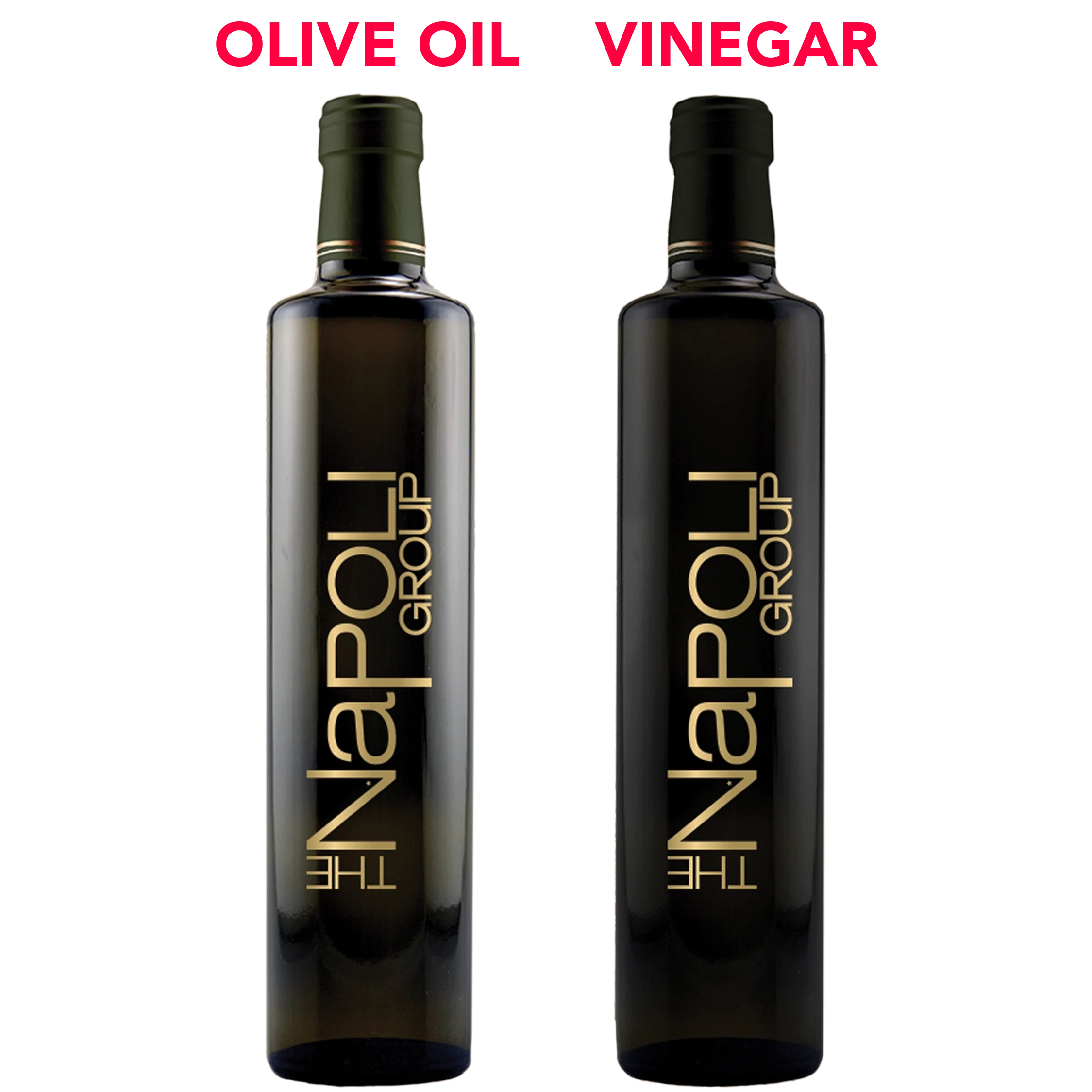The Charcuterie Spread
You don’t need a three-course meal to enjoy wine—especially with that delicious Valentine’s Day wine. For many, a simple charcuterie spread will do. Charcuterie is a collection of prepared meat products like salami, pâtés, cured ham and confit. A charcutier is professional whose only duty is to mince, shape and cure these meats to perfection. The spread includes meats, cheeses, fruit, preserves, olives and pickles in any combination you can imagine. These bite-sized treats are part of a centuries-old tradition in Europe and are practically made for eating alongside wine. Remember the sky’s the limit when it comes to charcuterie, but keep in mind these mouthwatering options to serve with your wine and cheese.
Meat
Charcuterie meat can be salty, sweet, soft, tough and everything in between. There are scores of different charcuterie to choose from, and new kinds are made all the time. Choose from the classics, like:
Cured Sausage
Cured sausage is the image conjured up in the minds of many when they think of charcuterie and it’s a staple to the charcuterie spread. Saucisson sec, chorizo, finocchiona, boudin, and Genoa salami are just a few of the different kinds of cured sausage worth getting your hands on. While many countries have mastered the art of cured sausages, France and Italy stand out as the best of the best.
Muscle Cuts
Whole-muscle cuts are those paper-thin slices of beautifully marbled meats displayed artfully around the charcuterie board. Pork and beef tenderloin are artfully crafted by Spanish, French and Italian tradition with different spices that give them all a distinct taste. One of the most popular is prosciutto, but don’t be afraid to branch out with jamón Serrano, or jambon de Bayonne.
Pâté
This food is quickly taking over the U.S. as a charcuterie favorite. It’s a mixture of cooked ground meat and fat that’s minced into a spreadable paste. Pâté is traditionally made from fatty liver but it can also be made from ground pork, beef, seafood, poultry or vegetables and can be mixed with different spices and ingredients. After it’s cooked it’s served cold or at room temperature.
Terrine
Like pâté, terrine is a forcemeat loaf made of a meat, seafood, organ meat, boiled eggs or a vegetable mixture that’s cooked and served cold or at room temperature. Sometimes aspic is added at the top for added flavor and aesthetics. Different combinations of meat, nuts, dried fruits and vegetables might be layered or mixed together in the shape of the pan it was made. This meat is thicker and sliced as opposed to spread.
Rilette
Rillettes are pork, beef, poultry or seafood that is chopped or shredded as opposed to being baked in a pan. The meat is seasoned with salt and seasoning and left to be cured in its own fat or the fat of another animal until it becomes a thick spread. Rillettes are similar to confit but confit is cooked whole.
Accompaniments
Meat and cheese is nothing without the addition of accompaniments—and a good custom bottle of wine. Bits of fruit, olives, pickles, preserves, honey and peppers refresh the palette and bring charcuterie to the next level.
Something Sweet
Salty meats and strong cheeses call for a counterbalance. Fresh grapes, dried apricots and figs are just a few of the fruity treats that will soften the dry nature of salty meats on the board. Honey is another great addition that works especially well with Brie cheese.
Something Briny
Pickled vegetables make a great addition to the charcuterie board. Include cornichons (a kind of French pickle), pickled pepperoncini, jalapenos, and an assortment of olives. The vinegar taste of these pickled accoutrements adds tang to any strong meats and cheeses.
Something Spreadable
Jams and preserves create a sweet spreadable layer on top of cheese. A classic example of this is fig jam and brie. When in doubt, fig jam is a highly versatile spread that isn’t too sweet—nor is it bland. For the daring, pepper jelly adds a little sugar and spice to fresh cheeses like cream cheese. Savory and spicy spreads like stone-ground mustard can stand up to hardy meats and acidic tapenades will complement high-acid wines. Hummus is a neutral option that helps cleanse the palate.
Bread and Crackers
You don’t necessarily need bread and crackers to support meat and firm cheese, but the carbohydrates help balance the strong flavors. Baguettes are a classic example of a neutral bread, but don’t be afraid to toast it with olive oil as well. You may also try loaves with fruit and nuts, or add crunchy crackers that pair well with spreadable cheeses.
Wine and food pairing is an art form. Enjoy the culinary experience by following this helpful guide.






















